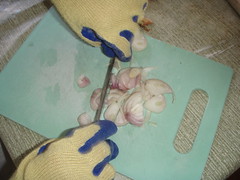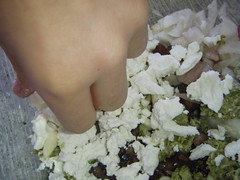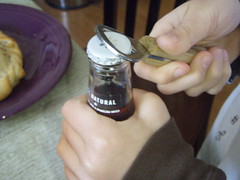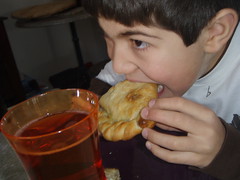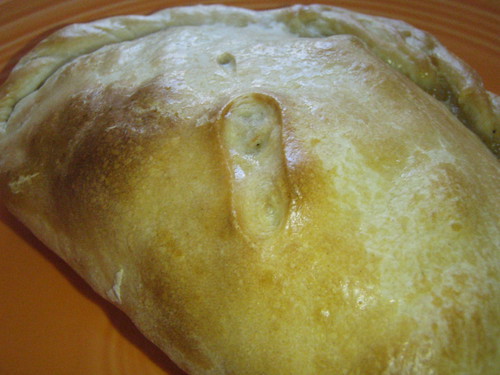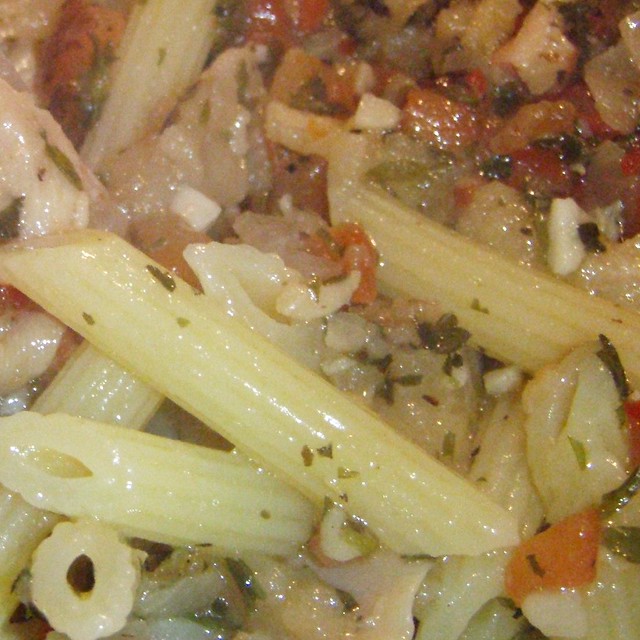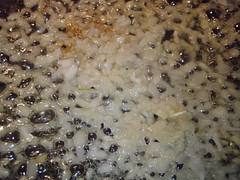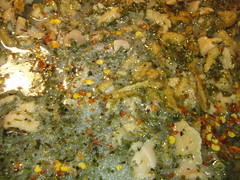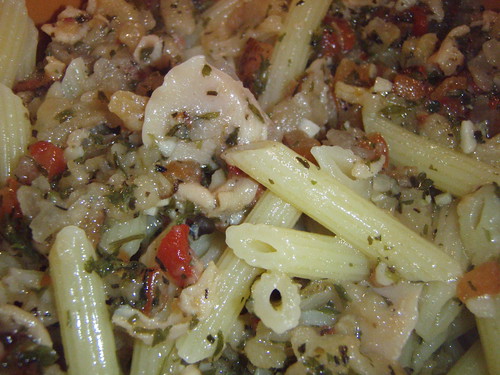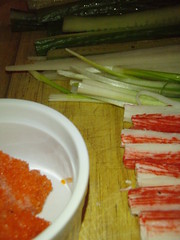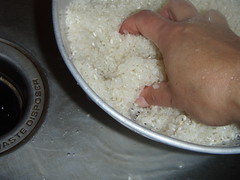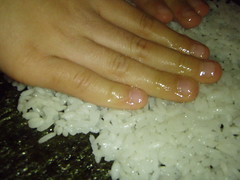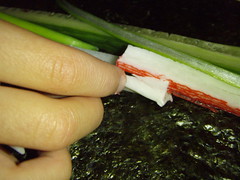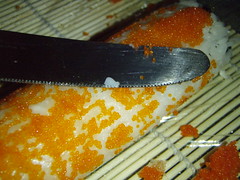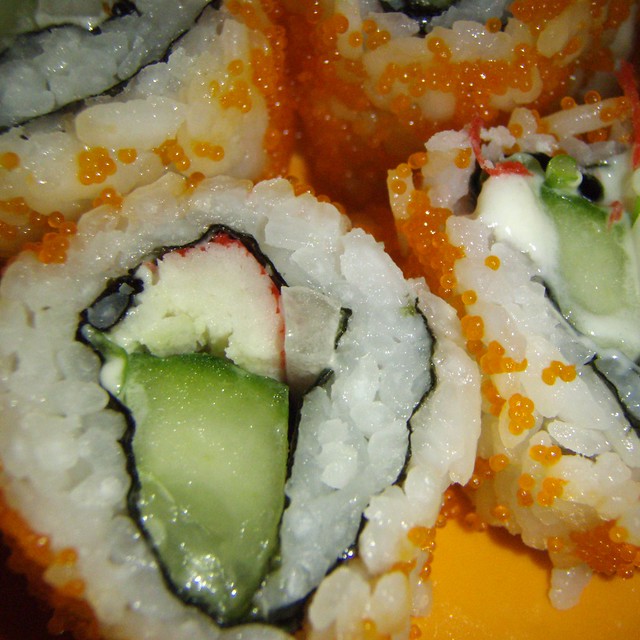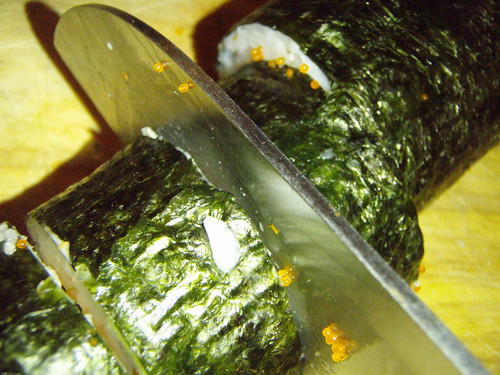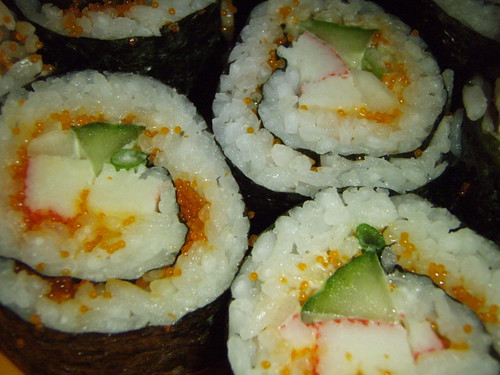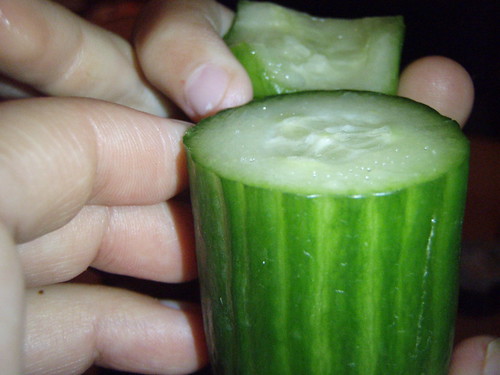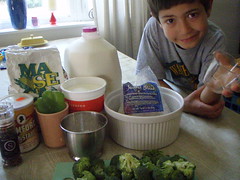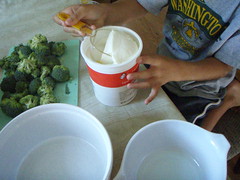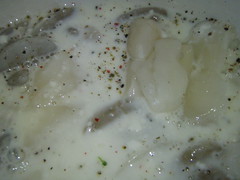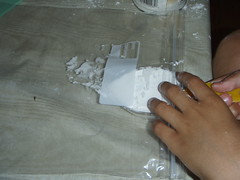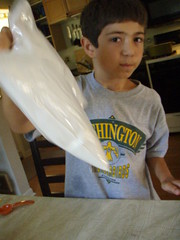 There are some innovative new programs out there, following Bacon's Mohammed and the Mountain principle: if grocery stores won't come to the food desert, they work by finding innovative ways to bring the groceries without a market.
There are some innovative new programs out there, following Bacon's Mohammed and the Mountain principle: if grocery stores won't come to the food desert, they work by finding innovative ways to bring the groceries without a market.
For instance, in Chicago, several CSAs have designated highway oases and other commuter-friendly locations as drop-off points. CSAs, or community-supported agriculture, are a way of buying a share in a farmer's crops. The seasonal produce share is boxed up by the farmer and delivered to the designated site, where the purchaser can pick it up on their way home from work. While this doesn't necessarily directly address the food desert, it's a step in the right direction.
In Baltimore, an even more innovative program is in the works: library grocery delivery. The City of Baltimore has partnered with a local grocery store chain to offer groceries at two public libraries: patrons order their groceries on a designated day, and return to pick up their order the next day. Even better, patrons are able to use a variety of ways to pay, including SNAP dollars. This win-win situation also encourages residents of food deserts to access the free educational opportunities in the library. Patrons order their groceries online, and the City of Baltimore pays for the food to be delivered to the library.
Also in Chicago, Peapod, an online grocer, has launched the Healthy Families Project along with food desert researcher Mari Gallagher. Peapod is using Ms. Gallagher's research to determine which block-level improvements would 1) most likely reduce diabetes, 2) positively impact the greatest number of children and 3) positively impact the greatest population overall. Peapod will host a forum this spring to release its findings.
In Philadelphia, the Healthy Corner Store Initiative is working to change the product lines in small, independent grocers like bodegas. They offer support and education to both grocers and patrons, with brochures available in schools to help kids make better choices on their way home, and with community supports to help educate small grocery owners on how to improve the profitability of offering fresh and healthy foods. This holistic approach serves to stop the vicious cycle at both ends: no longer do grocers stop stocking healthy foods because they assume patrons don't want them, and patrons are educated to support their small grocer's efforts by purchasing the healthier options.
With many small, concerted efforts, the landscape of grocery purchasing is slowly changing. There is not one single answer to the food desert problem, but many small changes that can improve the situation and the health of Americans over time.



